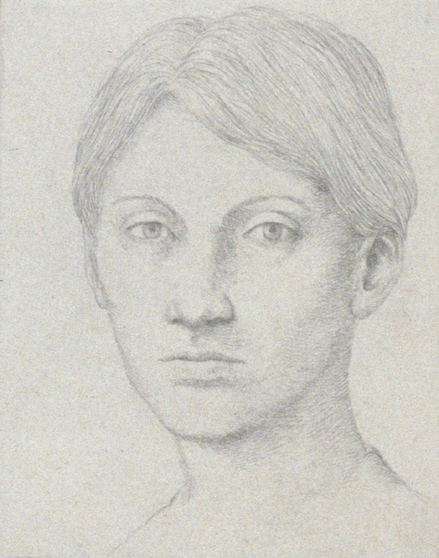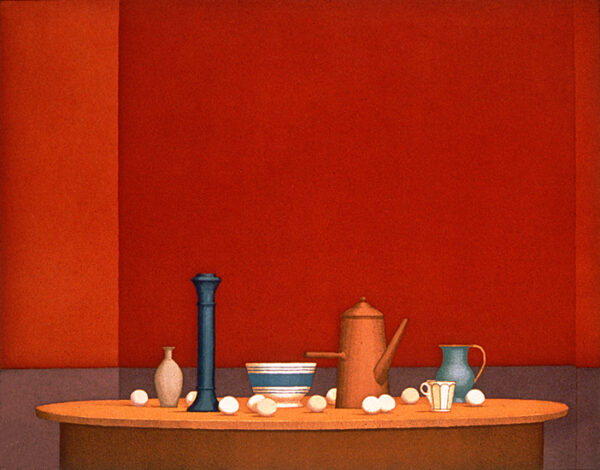
Hard ground and soft ground etching on gampi paper chine collé.
9 x 11"; 18 x 19". 20.
Crown Point Press and Case Hudson.
$2,500 InquireInquire

Hard ground and soft ground etching with aquatint.
9 x 11"; 18 x 19". 20.
Crown Point Press and Case Hudson.
$2,500 InquireInquire

Hard ground and soft ground etching with aquatint.
15 x 17¾"; 26 x 28". 25.
Crown Point Press and Case Hudson.
$3,000 InquireInquire

Color aquatint with hard ground etching.
18¾ x 23½"; 28¾ x 32¾". 50.
Crown Point Press and Daria Sywulak.
$4,500 fair market value Unavailable

Hard ground etching on gampi paper chine collé.
6 x 7"; 17½ x 15". 20.
Crown Point Press and Daria Sywulak.
$2,500 InquireInquire

Hard ground etching on gampi paper chine collé.
7¾ x 6¼"; 17½ x 15". 15.
Crown Point Press and Daria Sywulak.
$1,500 InquireInquire

Hard ground etching on gampi paper chine collé.
7 x 6"; 17½ x 15". 20.
Crown Point Press and Daria Sywulak.
$1,500 InquireInquire

Color aquatint with hard ground etching.
7 x 8"; 15¼ x 16". 35.
Crown Point Press and Daria Sywulak.
$1,500 fair market value Unavailable

Hard ground etching printed in brown.
7 x 8"; 15¼ x 16". 15.
Crown Point Press and Daria Sywulak.
$1,500 InquireInquire

Hard ground etching with aquatint.
7 x 8"; 15¼ x 15½. 25.
Crown Point Press and Daria Sywulak.
$1,500 fair market value Proof AvailableProof Available

Aquatint with hard ground etching.
19¾ x 16"; 30 x 24". 25.
Crown Point Press and Daria Sywulak.
$3,500 InquireInquire

Color aquatint with hard ground etching.
14 x 18"; 24 x 27". 50.
Crown Point Press and Daria Sywulak.
$4,000 fair market value Unavailable

Color aquatint with hard ground etching.
18¾ x 23¾"; 28½ x 32½". 50.
Crown Point Press and Daria Sywulak.
$5,000 fair market value Unavailable

Aquatint with hard ground and soft ground etching.
7 x 7¾"; 14½ x 15". 50.
Crown Point Press and Daria Sywulak.
$2,000 InquireInquire